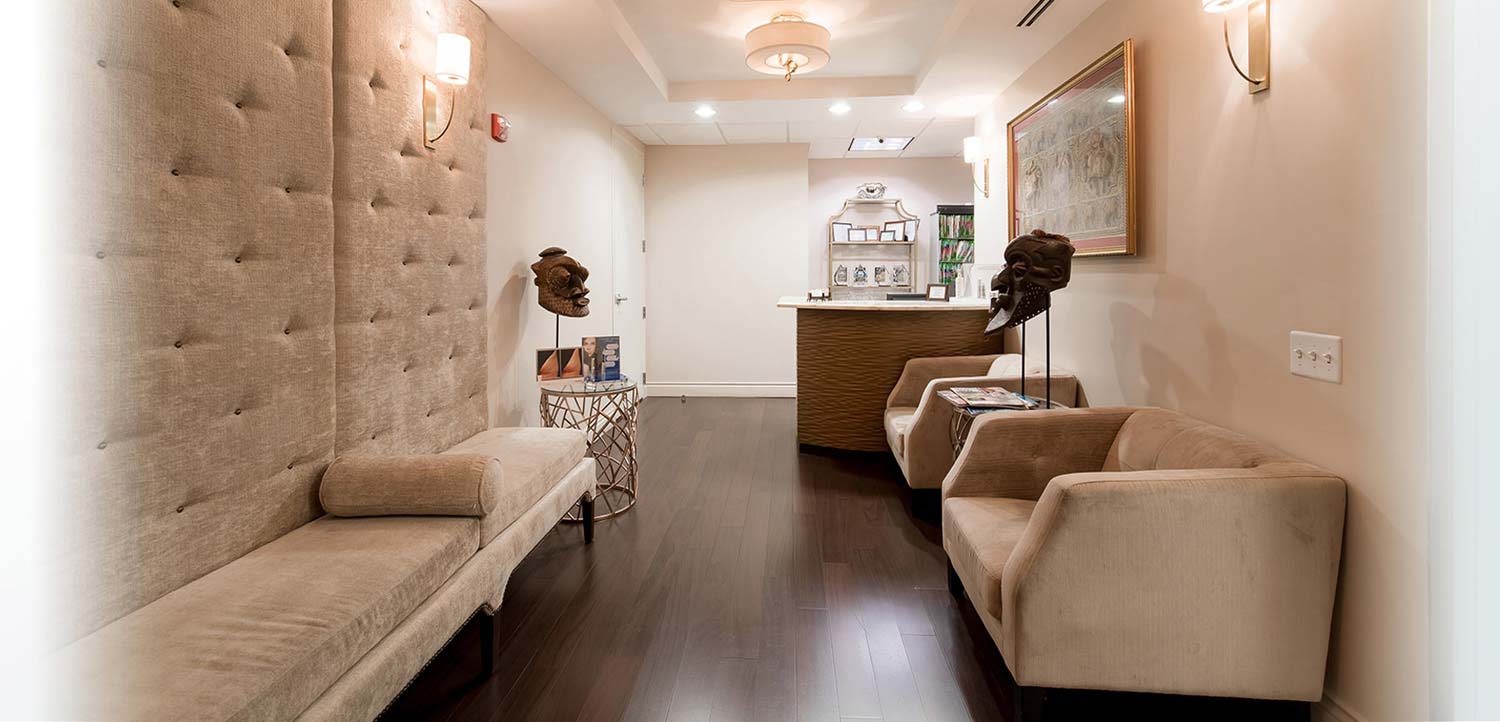Dr. Rubinstein Addresses Issues with Patient’s “Botched Beauty”
One patient turned to plastic surgery to get a better body, but said she got ‘disfigured’ instead. One South Florida doctor sees it so often that he tries to fix ‘botched beauty’ one patient at a time. Problems with plastic surgery is an issue NBC’s investigator Dan Krauth has been covering for months. He’s here tonight with what can be learned from botched surgeries…Dan- Jackie we’ve heard of so many cases of botched surgeries, but one doctor has carved out a niche for himself, trying to help patients who’ve had a bad experience. He says there’s one thing everyone should do before considering plastic surgery. Higgar loves being a mother to her two young children, but didn’t love the toll she says breast feeding took on her body. “I didn’t feel feminine, I didn’t feel sexy enough. So I decided after the second kid, you know, I’m gonna go and fix it.” She wanted breast implants. When she woke up from surgery, she didn’t like what she saw. “This is really wrong. The stitches were wrong. The implants were wrong.” This is the after picture, the parts we can actually show you. “I was traumatized by that. I didn’t want to do it again. I didn’t want to open my body again.” She waited for nearly two years before she decided to go to another doctor, Dr. Adam Rubinstein to have them fixed. “You know it is sort of like fitting a ten pound bag into a five pound space.” He removed her implants and replaced them with ones that better fit her body and fixed her scars, along with the jagged points sticking out from her chest. “I can’t do a lot, but I can help one patient at a time.” Patients who’ve had botched procedures visit his office every week looking for help. And, the doctor said there’s one thing that is the same in many of the botched surgeries. They’re usually performed by doctors who aren’t board certified. In Florida any doctor can perform plastic surgery, but not every doctor is trained and certified in this area. “I’ve seen a patient who’s been to a gynecologist, many patient’s who’ve been to a gynecologist, for a liposuction.” Higgar says she didn’t know her doctor wasn’t certified by the American Board of Plastic Surgery. She said he was a family practitioner. “I trusted him cause I thought he knew better, cause he’s a doctor.” She now knows better and feels better, not just on the outside, but on the inside as well. Would you do it again? “I would do it again, but now I know how to do it.” The doctor is now starting a new program to help patients who don’t have health insurance or the money to correct their procedures. He’s also working on a database to help patients research surgeons before deciding to get surgery in the first place. For more information, click on the investigative tab, and nbc6.com. Live in the news room I’m Dan Krauth, NBC 6 news. If you have an area of concern you would like to see addressed, call Dr. Rubinstein for your complimentary consultation, 305-340-2191.















STAY social
Like, follow and share Dr. Rubinstein’s social point view